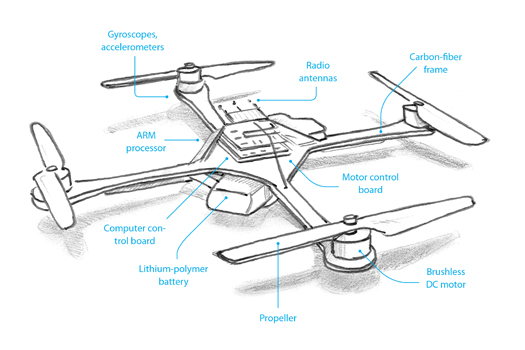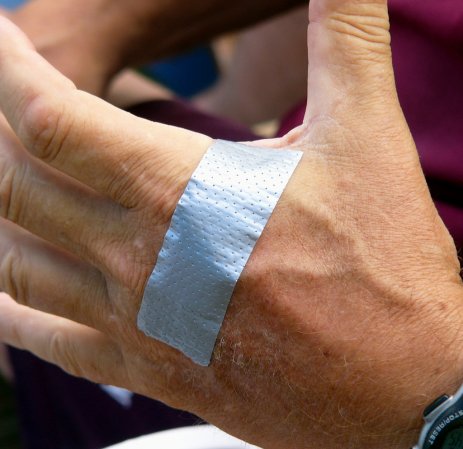

As IEEE Spectrum notes this morning, the octopus–with its near lack of bones, fine motor control, and dexterity–is the ideal biological model in the field of soft robotics. As such, building a robotic octopus analog is the primary goal of the European Commission-funded OCTOPUS Project, and if the videos below are any indication it’s coming along nicely. The team’s newest approach, an eight-tentacled ‘bot with a mix of shape-memory alloy and more traditional servo-cable manipulated appendages, has just surfaced on the Web.
The OCTOPUS Project isn’t showering us with details at this point, but via IEEE we know that the larger tentacles at the front are the SMA Arms (for shape-memory alloy) that are manipulated purely by heating the material to change its length–no servo motors or cable assemblies required. The rest are silicone with steel cables down the center that are actuated by arrays of smaller nylon cables.
The impressive thing here is that the project seems to have figured out basic locomotion with its silicone arms (second video) as well as how to integrate those SMA arms into the system. There’s no word that we can find on exactly where all this is going, but again, if the videos are any indication, the OCTOPUS project is going somewhere.

















